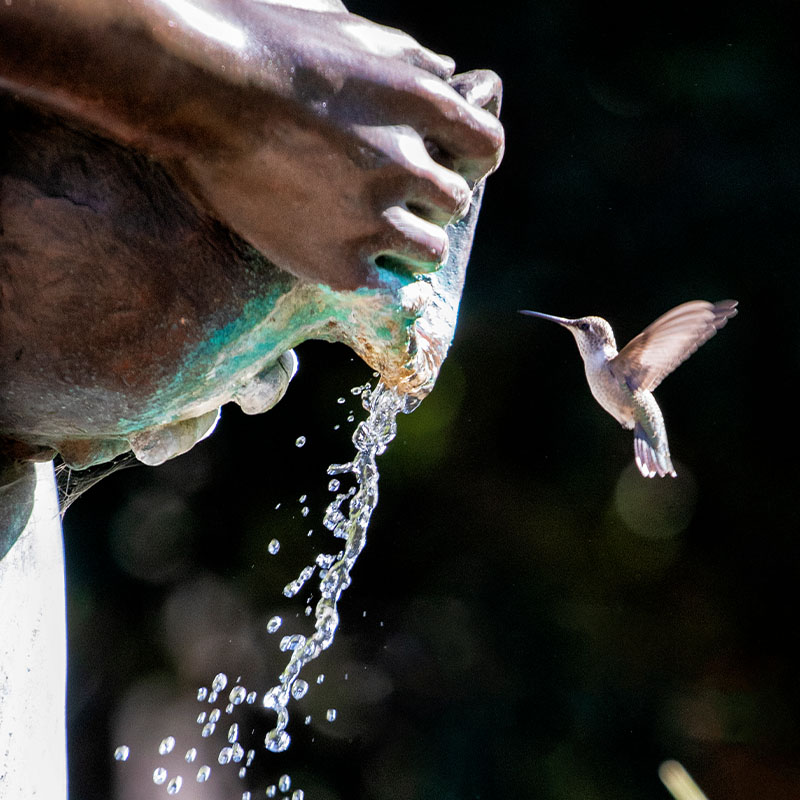The Pleasures of Writing a Letter

“Sending a handwritten letter is becoming such an anomaly. It’s disappearing. My mom is the only one who still writes me letters. And there’s something visceral about opening a letter – I see her on the page. I see her in her handwriting.” — Steve Carell
It’s hard to conceive of any other type of communication that in its very form signals personal intimacy as much as a handwritten letter. Imagine going through the day’s mail and coming upon a letter addressed by hand with your name on it. It’s the one thing you do not discard as junk mail or set aside to pay later or add to the pile as you would a magazine. You want to relax and savor a letter.
We live in an age of instantaneous and often impersonal communication. And this long Covid year has been worse than most—think Zoom, e-mail and texts, even phone calls, robo or otherwise. But a personal letter asks us to slow down. James Thurber purportedly once bemoaned the invention of the telephone because he likened it to the mailman delivering a letter and standing over you while you read it. The allure of a letter is, of course, that you read it in your own space at your own pace. What a unique concept! Take a breath, make a cup of tea and sit down to welcome someone’s news and thoughts into your life in private.
The other side of the letter equation is the writer and I believe that his or her pleasure is equal to or greater than that of the recipient. In a letter, which will take several days to reach the other person, you cannot expect an immediate reply so it feels as though even the concept of time expands. You begin by envisioning the person to whom you are writing and pour out what is on your mind. In a world that is intent on self-advertising and immediacy—yes, I mean you Instagram—writing a letter allows you to be pensive and follow your thoughts in a leisurely fashion. It’s a place to be intimate and maybe even vulnerable. Add to that the sensuality of putting pen to paper and holding the product in your hands, folding the page or pages and stamping the envelope.
The letter brings the writer and reader together via a physical artifact that may even be kept as a memento, a dear memory of a warm and personal communication. And we all know that it takes much longer to write a letter than an email or a text and that, in itself, communicates caring. As the English writer Katherine Mansfield once wrote, “This is not a letter but my arms around you for a brief moment.”
Three steps to writing a good letter:
- Who am I writing to? If you are writing to someone you know well, then you can pick up a conversation that you may have been having throughout your friendship. If you are trying to express a concern or straighten out a misunderstanding, you need to be a bit more delicate and, as many people have said, do not send an angry letter unless you’ve read it again after cooling off a bit. If you’re writing to a new acquaintance, or someone with whom you would like to establish rapport—did you ever have a pen pal when you were in grade school?—you need to make sure that the letter is a mixture of sharing your own experiences and thoughts with asking questions so that the other person might open up in response. Starting with a shared experience, like having enjoyed a week at The Ranch, is a great way to begin.
- Should I type or write by hand? In a recent piece by Gina Hamadey in The New York Times on writing gratitude letters she states, “Handwritten letters are the gold standard because your handwriting is an extension of you.” It is true that a handwritten letter, like a handwritten journal has more of the individual in it and it is a more tactile experience to write this way. Fears of how bad your handwriting is should be set aside. We all thrill to read even a messy handwritten letter. But if you must, feel free to type, making sure that you sign by hand and maybe even write a little note at the bottom.
- What kind of letter should I write? You can’t always determine the direction in which a letter will go until you begin to write. As with a journal entry, one thought can lead you into a digression, and if you are writing to someone you know well, this is not a problem at all. In fact, this kind of letter—free form and associative—will probably put your personality on the page in a very immediate way. But if you are writing to someone you don’t know well, you might want to balance it with sharing information about your current experiences and asking questions. For example, if you have taken up a new hobby or project during this past year, it would make sense to write about that and then ask what the other person has been doing. You can also open up emotionally to someone you don’t know well, as long as your letter is not just one long rant. Save that letter for the file of “letters best not sent.”
Ultimately, a letter can be a message that conveys your personality in all its warmth, wisdom and humor. The recipient will be grateful and, if you keep a copy for yourself, you will have a sense of who you were when you wrote it. Try writing a letter this week to enjoy the pleasures it will bring.


